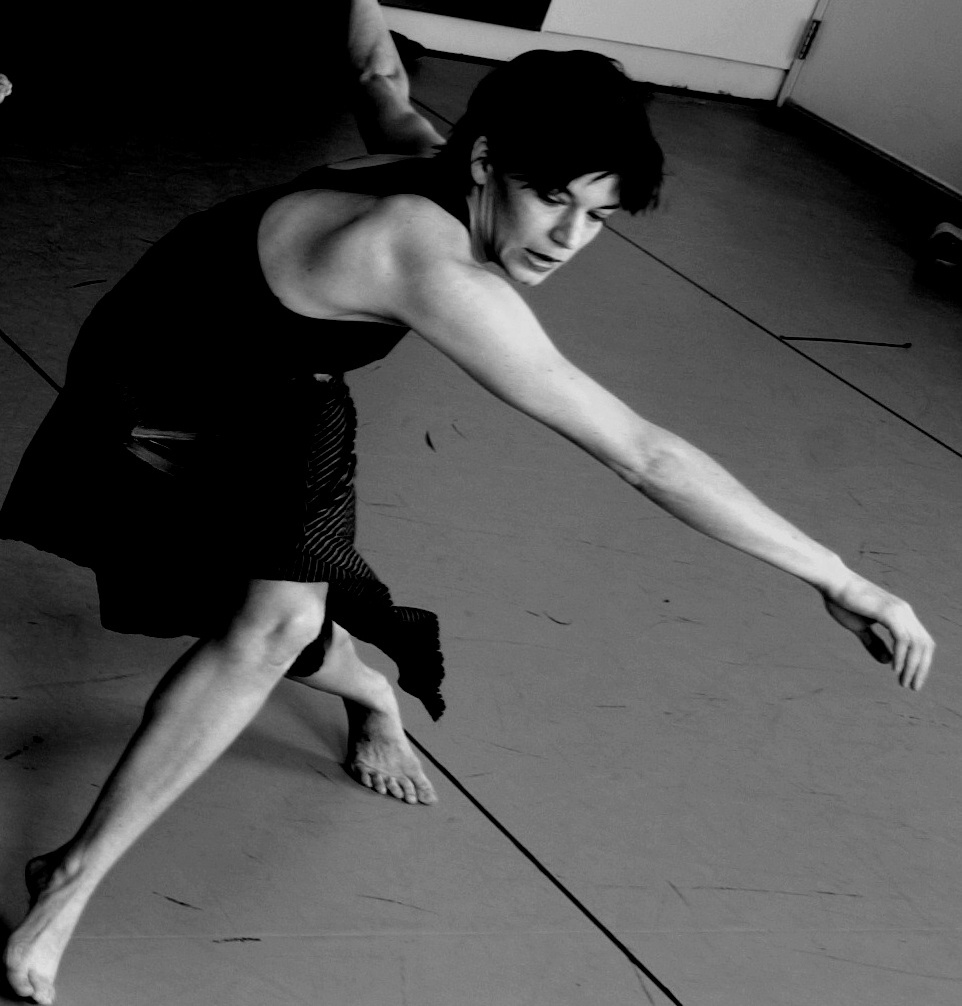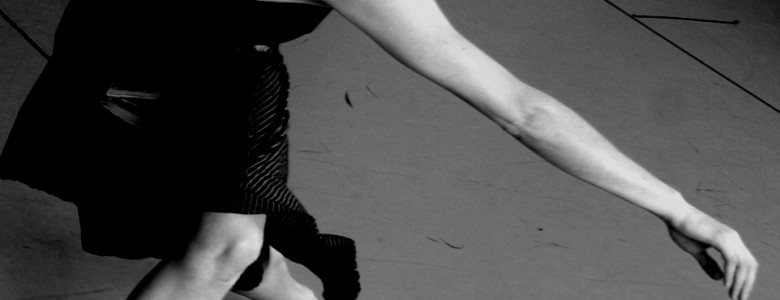“She made excellent art for decades. That’s worth remembering.”

Hope Mohr was an apprentice and then company member with the Trisha Brown Dance Company from 2001 to 2005.
Q: What was your first encounter with Trisha Brown’s work?
Hope Mohr: I first saw Trisha’s work when I saw Mariah Maloney perform Trisha’s solo Rage and the full company perform Groove and Countermove in a summer outdoor festival in downtown Manhattan. It was distinctive movement, and a compelling combination of the abstract and the personal. Soon thereafter, I began taking classes at the studio in 2000. I was coming from a different kind of dance training at the Merce Cunningham studio. I was fascinated by the idea of doing less—muscularly—than I was used to, but being nonetheless specific. It was the first time I lay down on the floor to prepare for movement. I became fascinated by finding specificity from a released place. I was compelled by the challenge of coming to the work from a more conventional dance training background. I had to unlearn dance as shapemaking and relearn dance as falling.
Q: What were rehearsals like?
HM: When I started working with the company, it was a lot of learning repertory. I had the privilege of working closely with Abby Yager and Mariah Maloney. Cori Olinghouse and I were hired at the same time, so Cori and I spent a lot of time together. That was fun. I worked on embodying the values of weight, sequence, and precise pathways. I loved the sensuality of the movement and the freedom that the work’s abstraction gave me as a performer. I enjoyed applying Alexander Technique to the repertory. One of the first roles I learned was Trisha’s part in Set and Reset. I felt honored and intimidated to be doing the part. It remained my favorite part to do during my whole time as a company member. I don’t think I’ve ever had as joyful an experience as performing that part.
Q: How did Trisha create work on the dancers?
HM: I didn’t participate in the making of new work until Trisha made how long does the subject linger at the edge of the volume. It was a motion capture piece. Trisha would create scores for action using phrase material that created managed chaos in the room. She would develop rich phrase material and then map it onto space using improvisational scores. As a writer, I also connected with the distinct language of the company in rehearsals. Movement was a set of impossible tasks: “fall without curving,” “slosh the arms to move the body up,” “find a crackling rhythm,” “toss your head like a horse.”
Q: If you had one Trisha Brown dance to take with you to a desert isle what would it be and why?
HM: Set and Reset. It’s elegant, sensual, complex, and fun.
Q: What stays with you the most about Trisha’s work today?
HM: Trisha’s work offered a physical practice of dance as falling, rather than simply shapemaking. I think that physical practice is a metaphor for how Trisha approached dancemaking. She modeled a commitment to endless inquiry and radical experimentation. In my own work, I continue to be inspired by her intellectual and physical rigor. Also her resilience. She made excellent art for decades. That’s worth remembering. There are so few female artists who persist over the long haul, despite the ups and downs of the field. Working with her was an incredible gift.
Hope Mohr is currently the artistic director of Hope Mohr Dance.

